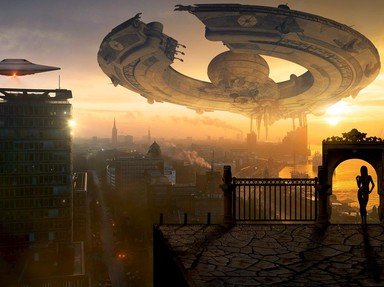
Soon Trivia Quiz
Visions of the Future
In science fiction, authors often imagine a future where humanity has expanded beyond the boundaries of our own Solar System. Can you match these sci-fi novels that feature other worlds or travel through deep space to the authors who created them?
A matching quiz
by reedy.
Estimated time: 3 mins.